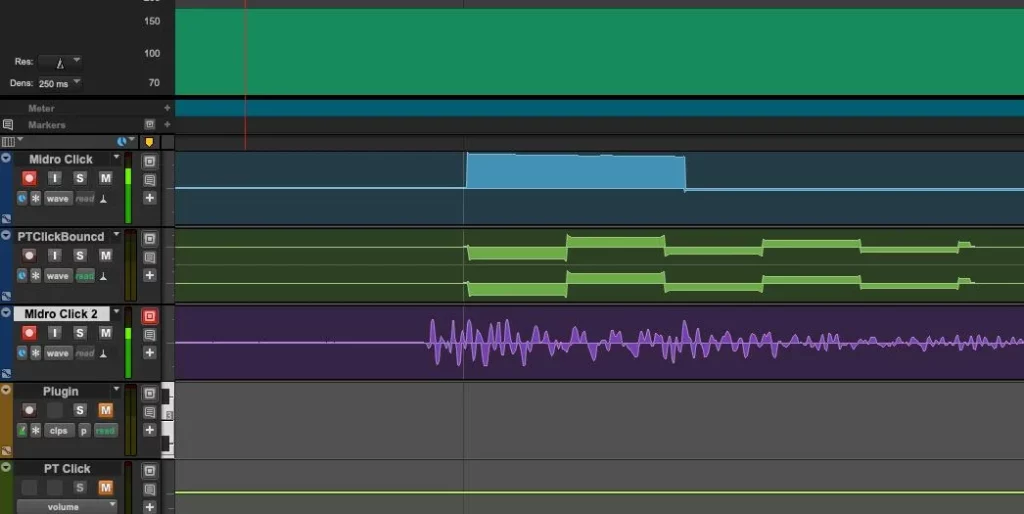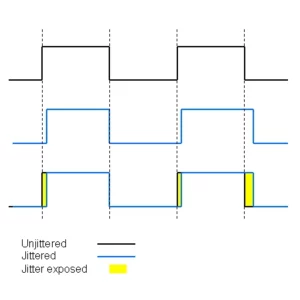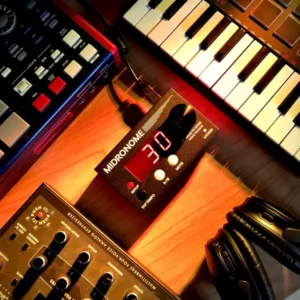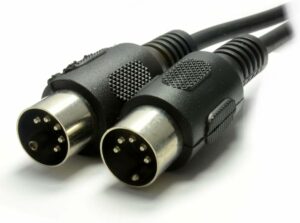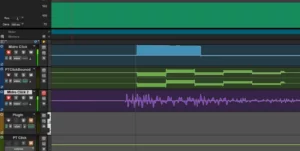You know Sim’n Tonic values, which I really live by: Simplicity, Reliability, Versatility.
And it with U-SYNC we took it a step further. Introducing the first of its kind and never before seen way of syncing DAWs and hardware: U-SYNC!
The “U” stands both for USB because all you need is a USB cable, and for “you” because… you sync’ 😉
U-SYNC took months of really hard and intense work, together with the team from Reliq-Instruments. We hope to implement this on more devices in the future, starting with the Reliq sequencer to start with.
So what’s great about U-SYNC?
- It’s ultra-simple: load the plugin in your DAW, done.
- It’s ultra-reliable: constantly adjusting and correcting, making sure there is no latency, no drift and no jitter, to maintain tight sync between the DAW and your hardware at all times. And if your DAW suddenly crashes, it will even keep time!
- It’s ultra-precise: about 50 times more precise than “traditional” sample-accurate syncing methods with an audio signal. And we tuned it so the latency is auto-adjusted, landing within 1ms of your DAW’s grid.

Sounds cool – but how does that help me?
The key point here is to get your DAW and your hardware sequencers and hardware drum machines in time with each other. With U-SYNC, the Midronome can be a “bridge” between those two, getting the timing very precisely from your DAW and sending MIDI Clock or any other clock to your hardware.
To set it up you:
- Sync your gear to Nome II, ignoring the DAW, with Nome II as a master. This is very straight-forward, you just need to make sure your gear follows MIDI Clock or one of the other types of clocks Nome II outputs.
- Then load the U-SYNC plugin in your DAW – it should find Nome II and connect automatically
- That’s it! now if you press Play in your DAW, your gear will start automatically, in time with the grid of your DAW – magic!
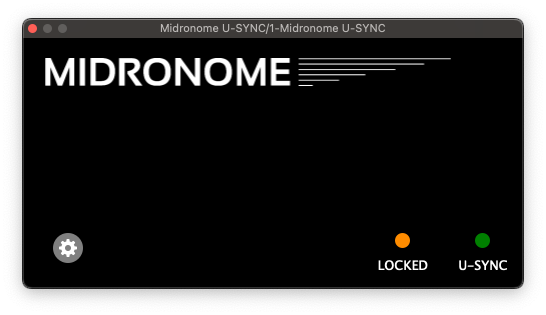
What to watch out for
It’s never that simple
Like most things, U-SYNC being simple on the user-end means there is a really complicated machine behind. Making this project come to life has been a very intense experience, probably one of the most complex projects we have ever worked on.
U-SYNC uses not 1, not 2, but FIVE internal synchronisation mechanisms, as well as an insane amount of compensation systems to make sure everything is in time. It supports (officially) no less than 8 DAWs, with a lot of customisation for every single DAW.
So please be aware that syncing DAWs is not a 100% foolproof process, and each setup is different: different DAWs, different configurations, different audio interfaces, different hardware gear, etc. Maybe your particular setup has a unforeseen behavior which we did not consider. If that’s the case, just let us know and we will work it out.
No Windows version
At the moment, U-SYNC is not available on Windows. This is not by choice, and unfortunately the low-level layer of Windows, in particular the audio driver layer, makes porting U-SYNC to Windows very difficult. Have you ever wondered why on Windows every single manufacturer makes their own custom audio driver? Why ASIO is a necessity? Now you know. We face the same for U-SYNC, with even more complexity since the timing of these low-level drivers is essential.
We are working on it, but there is no ETA as to when there will be a Windows version or if it even ever will be a reality. You can follow and join the discussion about it on the Forums.
In the meantime, this does not mean you cannot use Nome II on Windows. You will simply need to sync using audio instead, with the audio sync plugin.
Simon
